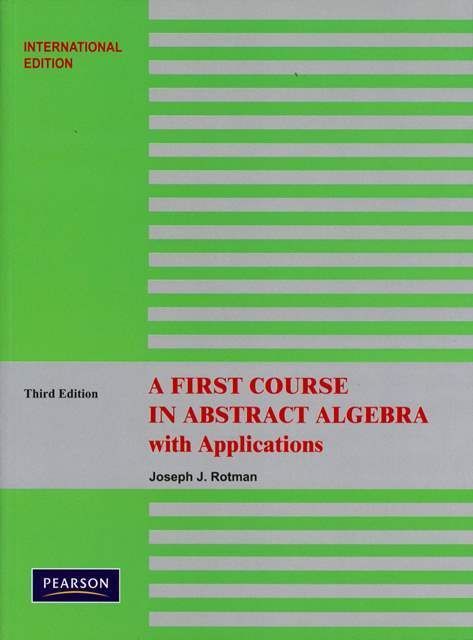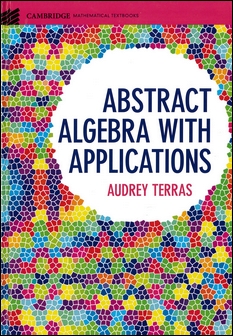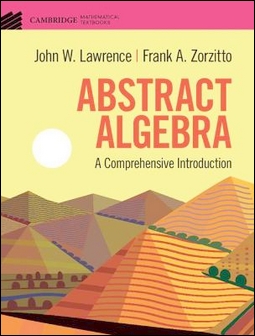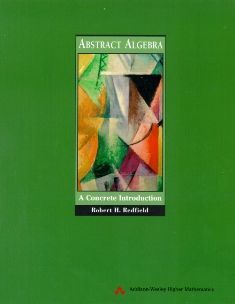書籍分類
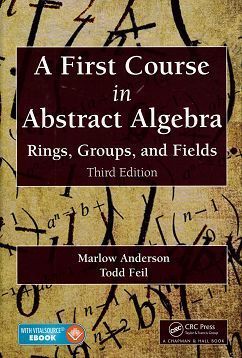
A First Course in Abstract Algebra: Rings, Groups, and Fields 3/e
作者:Marlow Anderson, Todd Feil
原價:NT$ 1,400
ISBN:9781482245523
版次:3
年份:2014
出版商:Taylor & Francis
頁數/規格:536頁/精裝單色
參考網頁:A First Course in Abstract Algebra: Rings, Groups, and Fields 3/e
版次:3
年份:2014
出版商:Taylor & Francis
頁數/規格:536頁/精裝單色
參考網頁:A First Course in Abstract Algebra: Rings, Groups, and Fields 3/e
內容介紹 本書特色 目錄
- Description
Like its popular predecessors, A First Course in Abstract Algebra: Rings, Groups, and Fields, Third Edition develops ring theory first by drawing on students’ familiarity with integers and polynomials. This unique approach motivates students in the study of abstract algebra and helps them understand the power of abstraction. The authors introduce groups later on using examples of symmetries of figures in the plane and space as well as permutations.
The text includes straightforward exercises within each chapter for students to quickly verify facts, warm-up exercises following the chapter that test fundamental comprehension, and regular exercises concluding the chapter that consist of computational and supply-the-proof problems. Historical remarks discuss the history of algebra to underscore certain pedagogical points. Each section also provides a synopsis that presents important definitions and theorems, allowing students to verify the major topics from the section.



